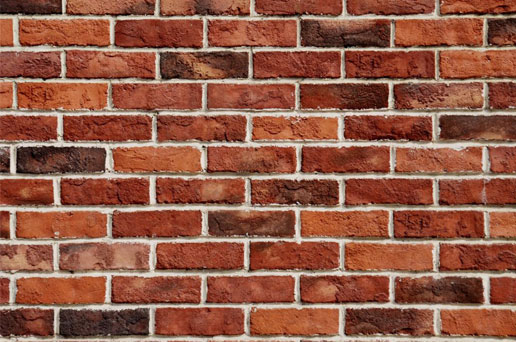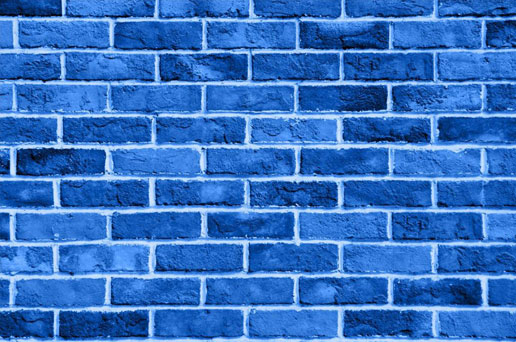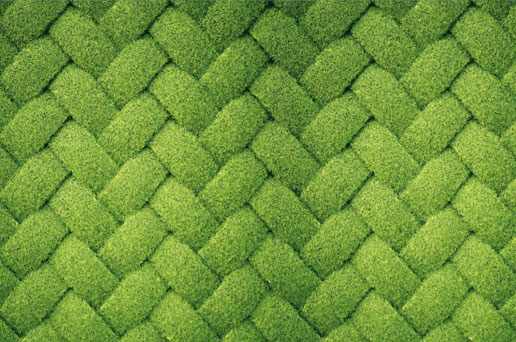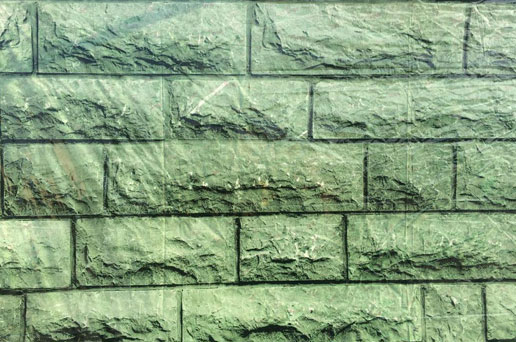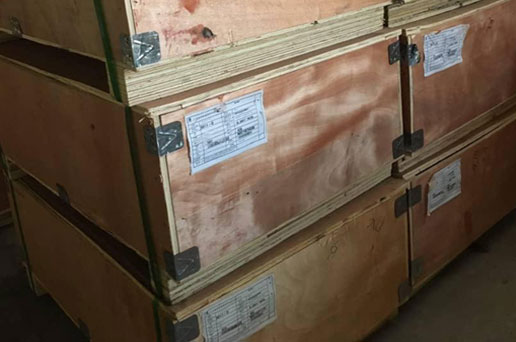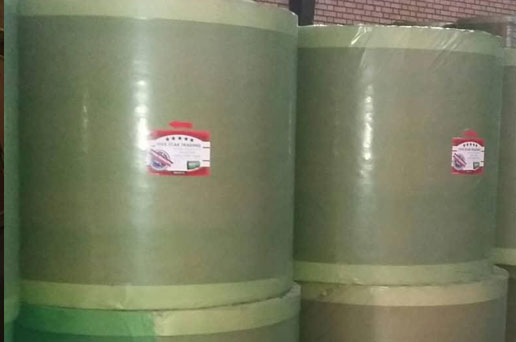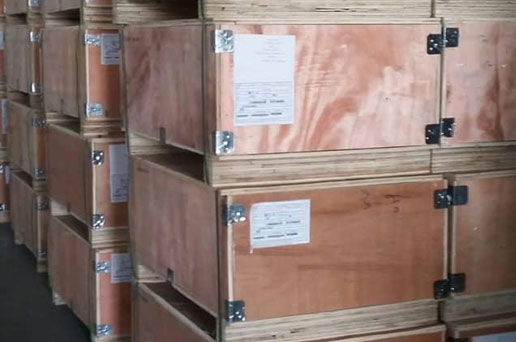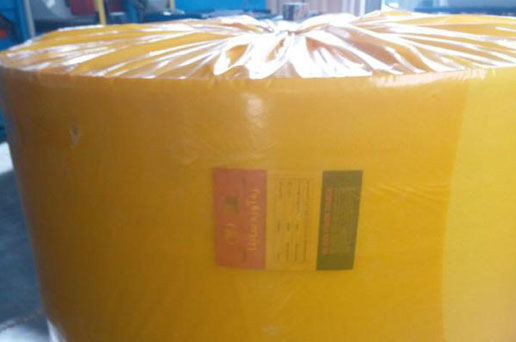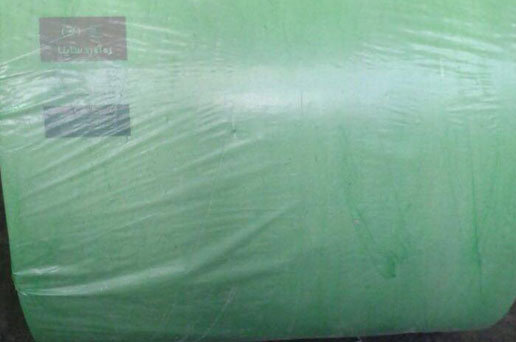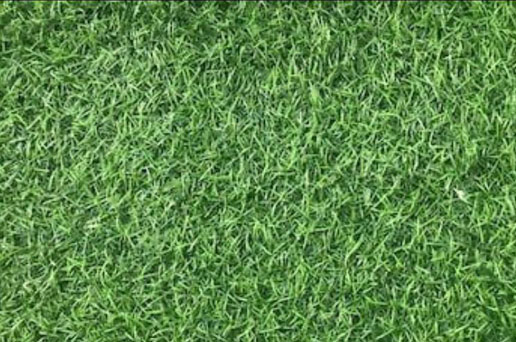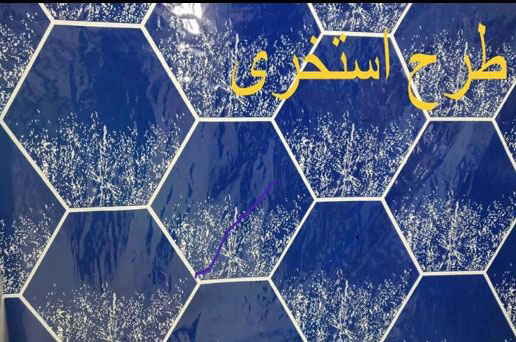



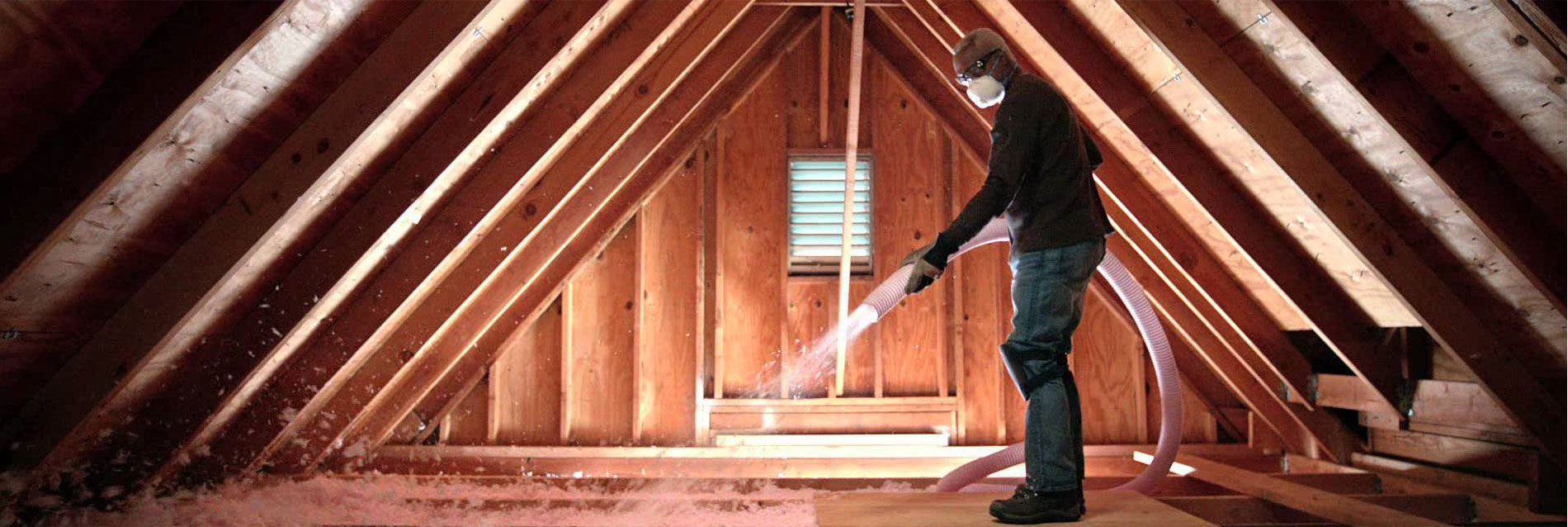
IMPORT SERVICES
Roofing Tissue
Roofing tissue is one of the raw materials used in manufacture of roof insulation felts which plays a protective and reinforcing role in these products.
One of the most important features of this product is high tensile strength, resistance against corrosion, and high bitumen absorption. Glass yarns are used along the tissue for increasing longitudinal tension and strength of tissue against tear. Roof insulation felts that are made by this tissue do not crack, wear and rot easily.
Other advantages of this tissue are its uniform mass distribution and resistance against UV rays of sunlight.
Roofing tissue is strengthened through using glass yarn along tissue, and because of this, longitudinal tension and resistance against corrosion are among its remarkable properties. Roofing tissue is manufactured based on wet method. In this method manufactured fiber is soaked in steel containers in which there is white water that is comprised of thickening agent, dispersing agent, and other additives, and then transferred to production line in which fiber is formed into felt in tissue belt which is called web. In the following phase, felt fiber is placed into a matrix named binder, and then transferred to dryer for annealing and / or curing, and after completion of annealing and trimming, it will be rolled and packed in given measures.
Given to long and brilliant experience of Savatis Company, reputable domestic manufacturers of roofing tissue including Saina Company, Delijan, which brand is named Tissue Saina, and Zarrin Gam Company have granted their sales agency to Savatis Company which resulted in increase of sale of their products and completion of range of products offered by Savatis Company to provide a wide range of services to its clients. Benefitting from most recent knowledge, Savatis Company is capable of supplying domestic and imported roofing tissue based on clients’ needs and requests.
Aluminum Foil
History
Aluminum foil firstly was manufactured at the beginning of twentieth century. Before 1900 only a little amount of aluminum foil was manufactured based on forging method. Alfred Gautschi manufactured aluminum foil with thickness of 50 μm based on pack rolling method in Switzerland.
Manufacture operation was done through rolling aluminum sheet and rerolling it repeatedly. Another person, named Robert Victor Neher, invented another method for automatic manufacture of aluminum foil in 1910.
He could manufacture 200 kg of aluminum foil with thickness of 30-40 μm. Aluminum foil was merely used in printed form for wrapping chocolate and in embossed form until 1915.
Many of problems of manufacture of aluminum foil such as heat treatment and slitter rewinding and rolling machine grinding were revised and solved until 1920.
A German company, named Rheinische Blattmetall AG, was then the leading manufacturer company of aluminum foil in the world which could manufacture aluminum foil with thickness of 12 μm and width of 320 mm with rate of 12-24 meters per minute.
After WWII manufacture of aluminum foil with width of 510 mm and rate of 80 meters per minute started using foil rolling machines.
As of 1950 up to 1960 aluminum foil rolling machines were upgraded so that manufacture rate reached to 500 meters per minute.
Nowadays, state-of-the-art rolling machines can manufacture aluminum foil with rate of 2,200 meters per minute.
Molten aluminum is transformed into aluminum sheets and then rolled and rerolled repeatedly to manufacture aluminum foil with desired thickness. Aluminum foil is mirror-like and shiny while being manufactured. However, it’s possible to make one or both sides of aluminum foil matt while manufacturing it. Furthermore, all physical and chemical properties of aluminum alloy are retained in aluminum foil.
Because of this, manufacture of different alloys of aluminum foil has been made easy. To maintain a constant thickness in aluminum foil production, beta radiation is passed through the foil to a sensor on the other side.
Aluminum becomes work hardened during the cold rolling process and is annealed through a heat treatment process to increase its ductility and reduce its hardness for most purposes. The rolls of foil are heated until the degree of softness is reached, which may be up to 340 °C for 12 hours. During this heating, the lubricating oils are burned off, leaving a dry surface. The rolls of aluminum foil are then slit on slitter rewinding machines into smaller rolls and used.
Aluminum foil is used as roof insulation felt with given thickness and width which are easily formed. Since one of deteriorating factors of roofing felt is decomposition of materials from which it is made from through increase of temperature and absorption of sunlight, in order to prevent degradation of roof insulation felt against sunlight, roofing felt is covered with aluminum foil and when weather is hot it reflects sunlight and prevents flow of bitumen.
Aluminum foil meets quality and necessary standards for manufacture of best and highest quality roofing felt. Properties and durability of aluminum foil can have a great impact on strength and durability of roofing felt. Savatis Company manufactures patterned and waterproof aluminum foil based on clients’ needs, and also is capable of assessing needs related to manufacture of aluminum foil with other patterns desired by clients.
Aluminum foil is widely used in different industries some of which are outlined as follows:
• Roof insulation felt industry
• Food, pharmaceuticals, and cosmetics industry
• Manufacture of capacitors, electric motors, and transformers
• Laminating Kraft paper with aluminum foil used in food industry and other industries
Savatis Company is ready to conclude contracts in terms of import goods and supply aluminum foil from domestic manufacturers.
